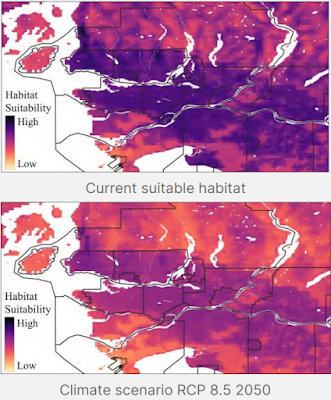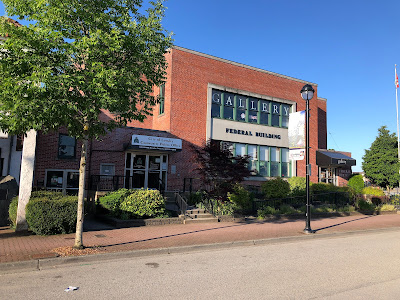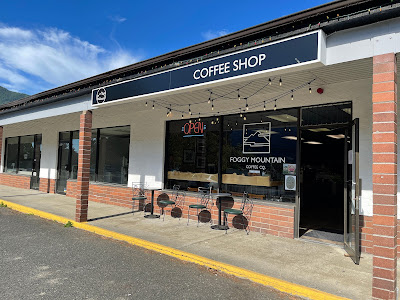One common theme I hear when I talk to people is that many do not feel safe in
our community. When I first ran for Langley City Council, I thought that
implementing a few new programs would help make people feel safer, but I’ve
come to understand now that we will need a comprehensive approach to
addressing community safety. Community safety encompasses policing,
fire-rescue, the bylaw department, ambulance, and health care. It also
includes how we design and build our community, parks, roads, recreation
programs, library, lighting, and overall engineering services. It includes our
education system.
Over the past year, I’ve studied how we can deliver increased community safety
for Langley City. I’ve talked to people in our community, experts,
politicians, and ex-politicians, including in other municipalities, about how
we can deliver a comprehensive community safety plan for Langley City.
I will present the following motion at the September 19th Langley City Council
meeting. If approved by Council, it will allow us to create a community-led
action plan to improve safety in a meaningful way. This action plan includes
built-in transparency. The actions in the plan will be regularly measured to
see if they drive meaningful improvement in community safety. If not, the
actions will be changed to drive a meaningful improvement.
Background
Based on Langley City’s Community Survey, in 2004, 82% of residents felt safe
and secure. Over the past two decades, this number has been steadily dropping.
As of 2019, only 67% of Langley City’s residents felt safe and secure. This is
despite the City’s protective services budget more than doubling over the past
18 years.
In 2004, the City budgeted 39% of property tax for the police and $8.5 million
on protective services overall. In 2022, the City budgeted 45% of property tax
for the police and $20.5 million on protective services overall.
The top concerns in our City remain poverty, homelessness, and the perception
of crime.
The status quo, how we are responding to these concerns, is not working and is
costing Langley City residents not only dollars and cents or their quality of
life, but, tragically for some people, their lives. Reform only works when it
comes from the community. A Citizens’ Assembly brings together people from the
community, representing diverse viewpoints and lived experiences.
A Citizens’ Assembly convenes, supported by experts and facilitators, to
deliberate on a given set of challenges and provide a set of recommendations.
The Assembly drives the outcomes of these recommendations. At a high level,
Assembly will evaluate current pressures and top calls for service in Langley
City for the police service, fire-rescue service, BC Emergency Health Services
(BCEHS), bylaw department, parks department, and engineering department
through the lens of community safety.
The Assembly will determine which services or City department can fulfil these
calls for service in the most timely, nimble, and resource-effective manner to
maximize positive outcomes. Where there is a gap in capacity, the Assembly
will also look at which service or department the City controls or influences
can most effectively close the gap in the ability to execute.
For example, the fire service may be in the best position to help stabilize
people during a medical event and partner with health care professionals to
ensure people are attached to the care they need.
The bylaw department, working with health care and housing professionals,
could be in the best position to attach people experiencing homelessness to
housing and healthcare.
A new City Park and Trail Ranger service might be the best to help keep our
parks safe and clean.
These are just ideas, and the Assembly will think outside the box.
The Assembly will also look at the upstream reasons for the top calls for
service and generate an action plan for the City to complete in partnership
with First Nations, the federal government, province, school board, other
local governments, and our non-profit sector.
For example, the Assembly might determine that universal access to
after-school programs will reduce tagging of City infrastructure, and
recommend future advocacy of provincial funding for said programs.
Motion
THAT Staff include in the 2023 budget a line item for convening a Citizens’
Assembly.
THAT, if Council approves the resources to convene a Citizens’ Assembly, the
Assembly will:
-
Be representative of the demographics of Langley City, have five additional
seats for each of our four host First Nations, and one additional seat for a
person who lives in Langley City who self-identifies as Indigenous.
-
Have access to people with lived experience or, external of Langley City and
independent, expert knowledge to help inform its recommendations.
-
Look at the calls for service that are responsible for 80% of the volume
each for the police service, fire-rescue service, BCEHS calls where the
fire-rescue service responds, bylaw department, parks department, and
engineering department to determine:
-
Which service or department should handle the call for service based on:
- Cost-effectiveness.
- The ability to respond promptly.
-
The most direct line of accountability to local businesses and
residents.
-
The ability to improve people’s quality of life, attaching people to
services and care.
-
The “best fit” for resolving a call for service based on the
existing skillsets of people working in the service or department,
looking thru the lens of equality and equitably, as well as the
report “Transforming Policing and Community Safety in British
Columbia.”
-
The ability to reduce repeated calls for service caused by a single
person.
-
If there isn’t a “best fit” department or service, identify:
-
What skillsets are missing and must be implemented into a department
or service to be able to respond to the call for service
effectively; or,
-
If a new department, service, program, or partnership is required to
provide a “best fit” to respond to a call for service, identify why
a department, service, program or partnership is needed and what
skillsets are required.
-
Develop a phase staffing plan to address the calls for service assessed in
section 3.
-
Evaluate for the top ten calls for service based on volume, the upstream
reasons causing these calls for service.
-
Develop an action plan for the City, either directly or by working directly
with partners, to reduce calls for service identified in section 5.
THAT, if Council approves the resources to convene a Citizens’ Assembly, Staff
work with the Citizens’ Assembly to prepare a report of recommendations and
outcomes desired, based on the work plan outlined in this motion, for Council
to consider.
THAT, if Council approves the resources to convene a Citizens’ Assembly, that
Staff:
-
Develop metrics to monitor the implementation of the Assembly’s
recommendations and outcomes desired.
-
Develop a process to create a feedback loop to facilitate updating the
actions of the City to ensure the spirit of the Assembly’s recommended
actions and outcomes are being met.
- Update Council at least biannually on items i. and ii.
More information
https://pub-langleycity.escribemeetings.com/filestream.ashx?DocumentId=10926
https://langleycity.ca/sites/default/files/uploads/Finance/Financial%20Plans/Amended%20Bylaw%203194%202022%20Financial%20Plan-updated.pdf
https://web.archive.org/web/20050403214113/http://www.city.langley.bc.ca/serv/tax.htm
https://www.leg.bc.ca/content/CommitteeDocuments/42nd-parliament/3rd-session/rpa/SC-RPA-Report_42-3_2022-04-28.pdf
















